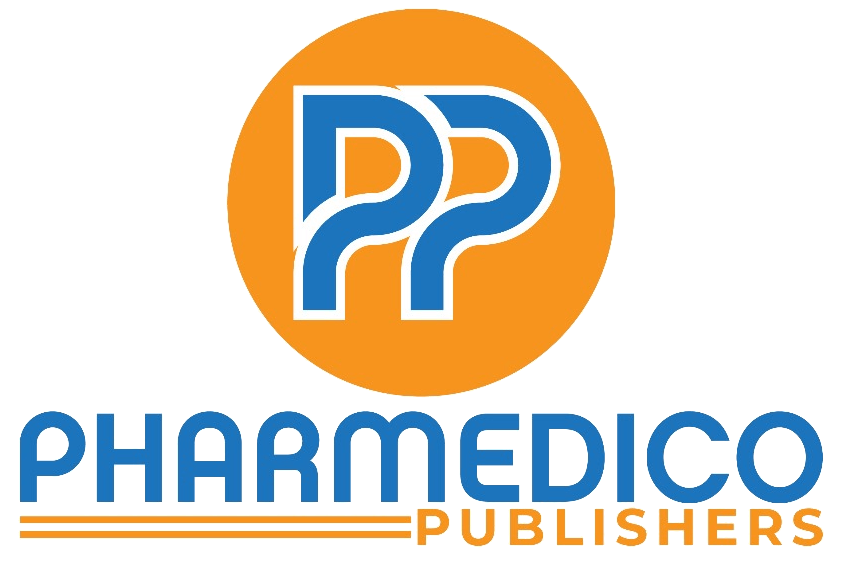APPLICATION OF PHARMACOPHORE IN COMPUTER AIDED DRUG DESIGN
Sr No:
1
Page No:
1-3
Language:
English
Authors:
Uttam Kumar Mishra
Received:
13 September 2023
Revised:
18 November 2023
Accepted:
01 December 2023
DOI:
10.70199/IJPSM.1.1.1-3
Published Date:
25 December 2023
Abstract:
When there is a paucity of structural data for the target receptor, pharmacophore mapping becomes one of the most important aspects of the drug design process. This is particularly true. After having its beginnings in the process of discovering lead molecules, the approach is now being used in the process of lead optimization. As a query, pharmacophores can be used to obtain potential leads from structural databases (lead discovery). They can also be used to create molecules with distinct desirable features (lead optimization), and they can be used to employ pharmacophore fingerprints in order to evaluate the similarity and variety of compounds. Additional applications include the alignment of molecules based on the 3D chemical feature configurations of the molecules and the building of prediction 3D QSAR models. After a brief introduction to the progression of pharmacophores over the course of time, this investigation will focus on the history of pharmacophore detection methods, beginning with their inception and progressing all the way up to the development of cutting-edge tools such as Catalyst, GASP, and DISCO. In addition, we highlight some recent accomplishments in the field of drug development by making use of conventional approaches to pharmacophore generation.
Keywords:
Pharmacophore Modeling, Fingerprinting, Virtual Screening, Database Search
Journal: International Journal of Pharmaceutical Science and Medicine
ISSN(Online): 2584-1610
Publisher: Pharmedico Publishers, Jhansi, Uttar Pradesh, India.
Frequency:
Quarterly
Language:
English


